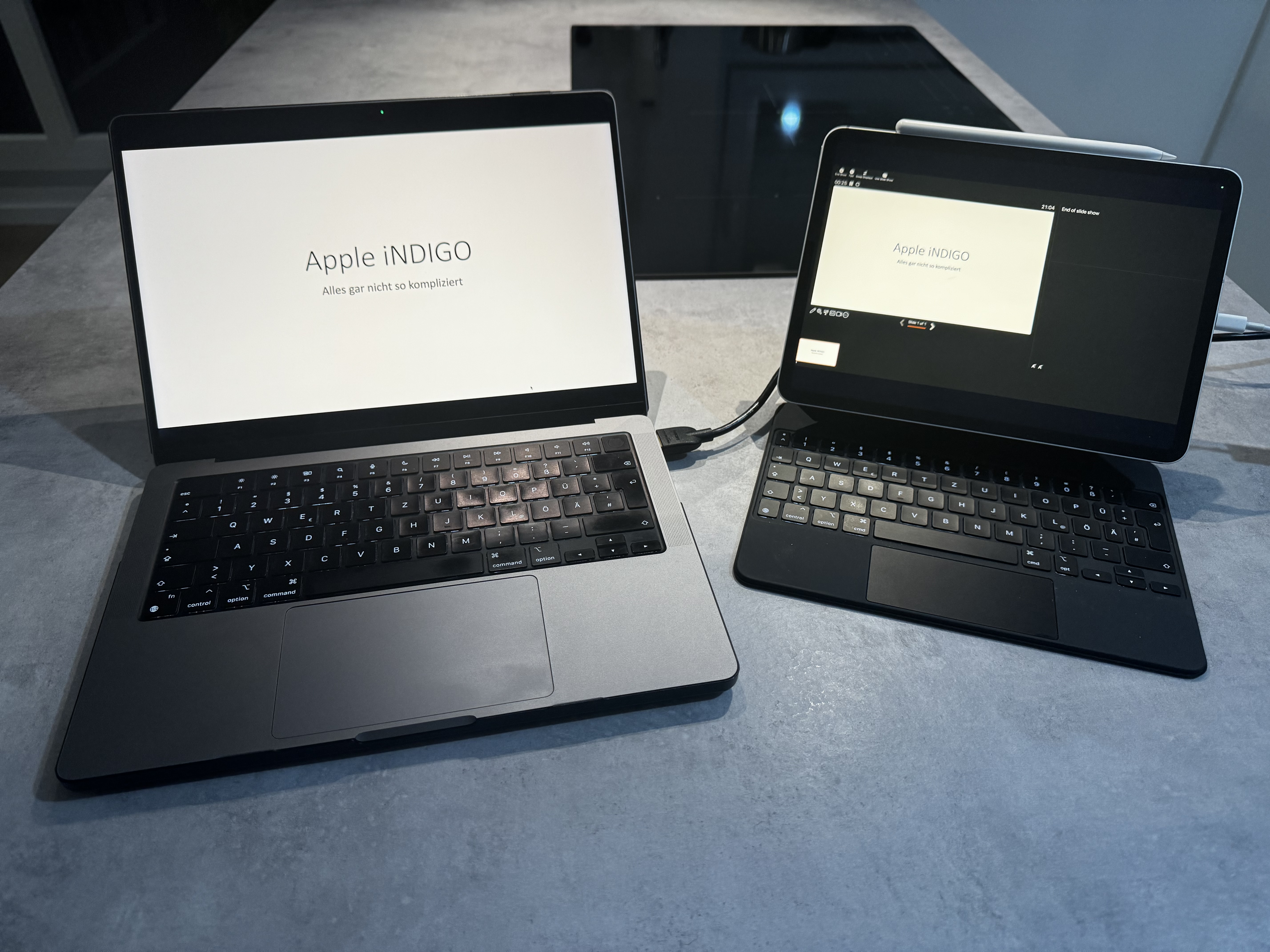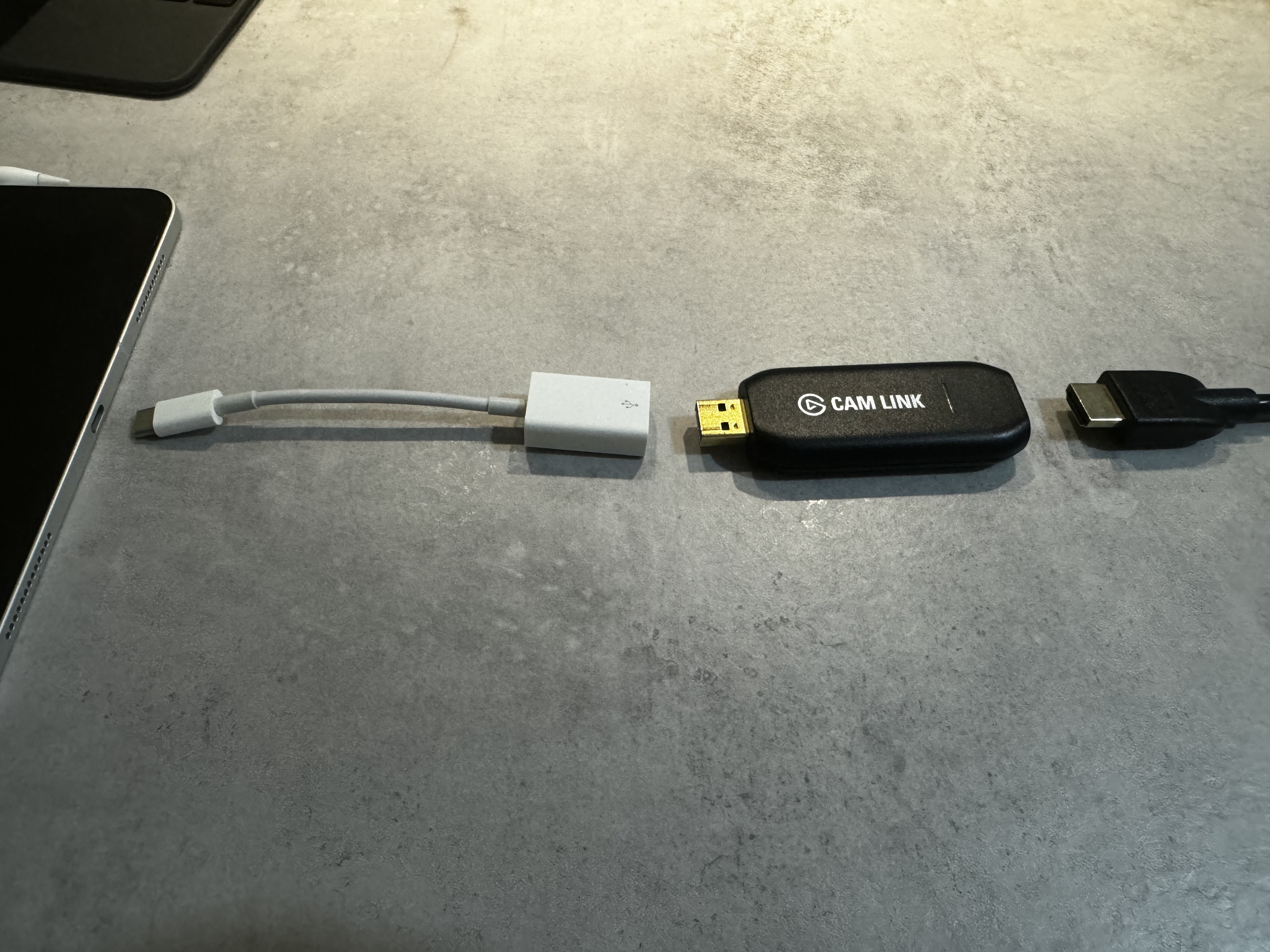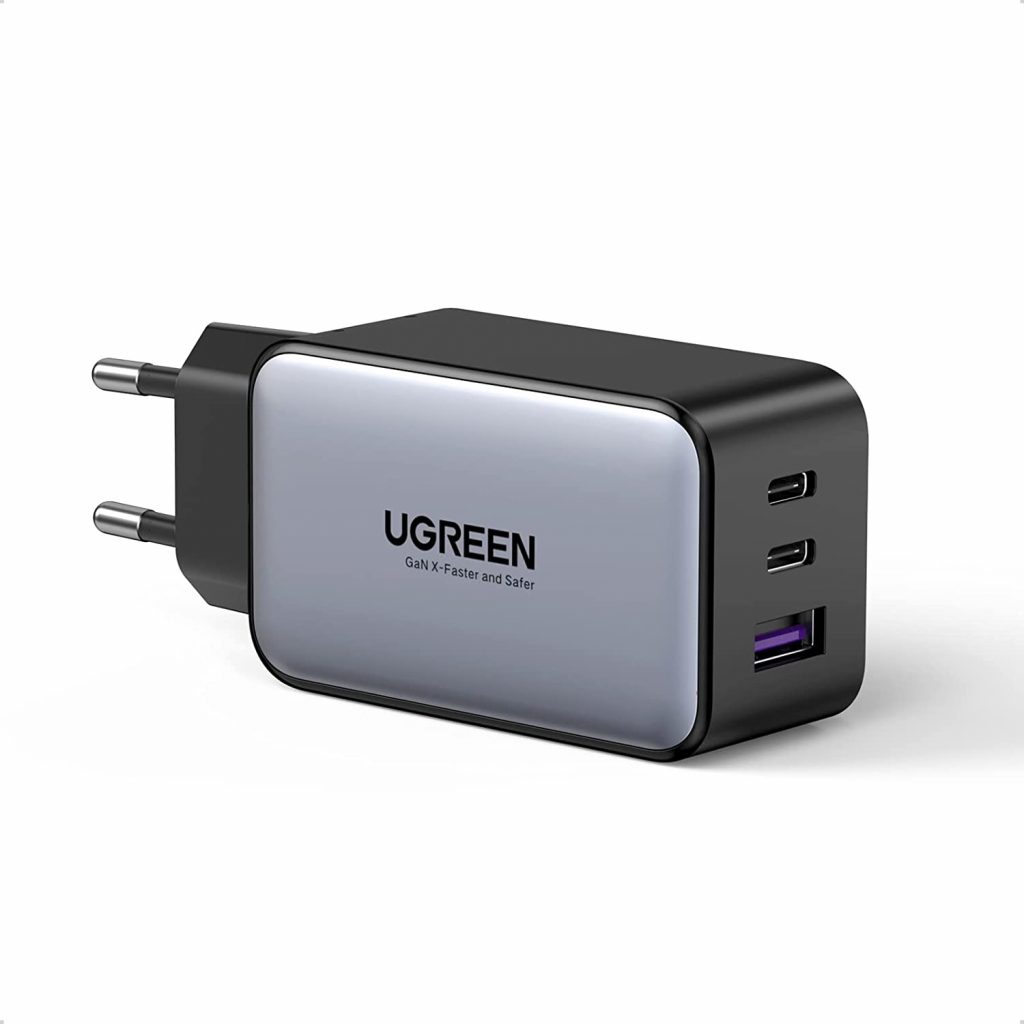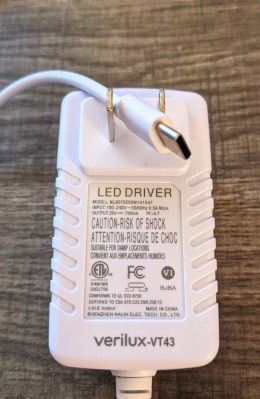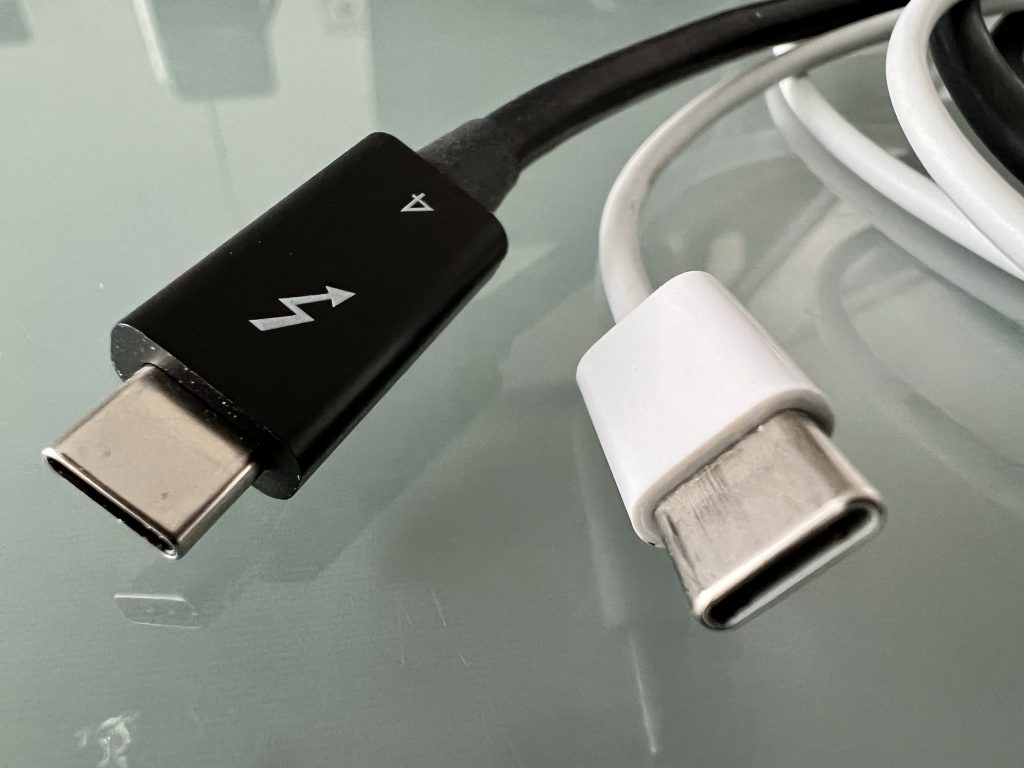
Wenn du am Freitag dein neues iPad Pro oder iPad Air bekommst, wirst du feststellen, dass Apple den Karton verschlankt hat und dabei das Netzteil weggelassen hat. Weg, futschikato, verdünnisiert.
Mittlerweile habe ich widersprüchliche Informationen. Laut JerryRigEverything liegt in der US-Verpackung ein 20 W Netzteil bei. Anscheinend fehlt das Netzteil nur in der EU. Das wäre ein versteckter Zeigefinger: “Ihr wollt gerne Netzteile einsparen? Bitte sehr.”
Allerdings ändert das meine Empfehlung nicht. Selbst mein 2021er iPad Pro M1 zieht bereits bis zu 35 W aus den leistungsfähigeren Chargern.
Du kannst das iPad getrost mit deinem MacBook-Netzteil laden. Das hat zwar mehr Leistung, aber iPad und Ladegerät verhandeln untereinander, wieviel Strom bei welcher Spannung fließen soll. USB-C PD steht für Power Delivery.
Meine Empfehlung: Kauf dir ein kleines Netzteil mit noch mehr Leistung, an dem du deinen ganzen Gerätezoo anschließen kannst. Als Hersteller kommen Anker und Ugreen in die nähere Wahl. Achte darauf, dass das Netzteil die GaN-Technologie nutzt. Mehr Effizienz, weniger Wärme, kleinere Netzteile. Das muss gar nicht teuer sein.
Apple liefert ja sehr gerne dünne Kabel aus, die weder viel Daten (USB 2.0) noch viel Strom durchlassen. Amazon Basics hat für kleines Geld Thunderbolt USB-C Kabel, die bis zu 240 W und 40 GBit/s Daten transportieren können. Apple hat ebenfalls sehr gute Kabel, aber die kosten ein paar Mark mehr. Gut angelegtes Geld.


